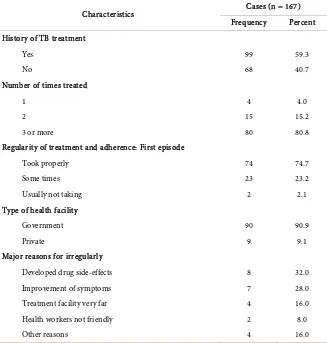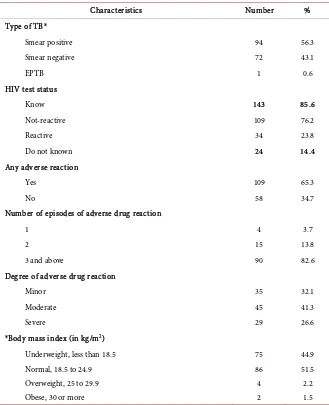Risk Factors for Multidrug Resistant Tuberculosis and Characteristics of Cases: A Case Control Study of Patients Attending ALERT General Hospital in Addis Ababa, Ethiopia
Full text
Figure
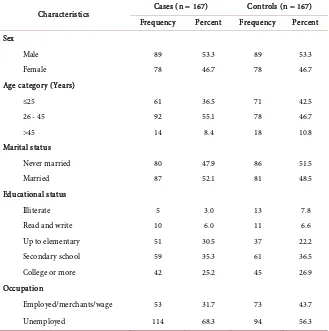
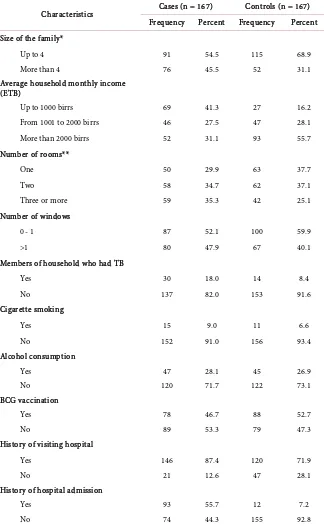
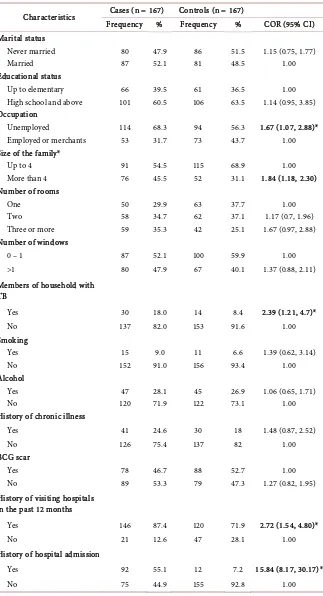
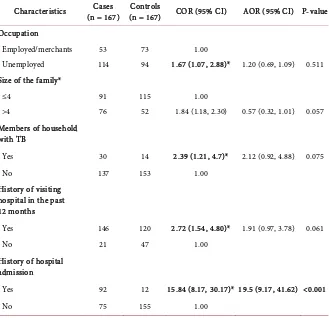
Related documents
[r]
This section sets out the actions that must be taken by the provider or person in charge to ensure compliance with the Health Act 2007 (Care and Welfare of Residents in
Here the TPG (Task Precedence Graph) is used for selection of task. A task can start only when the direct predecessors of the tasks have been finished. –The
Four measurement attempts took place (each with three repetitions) in order to assess the infi ltration capacity of soil on experimental plots (grassland and arable land) in
healthy older people, compared to their younger counterparts with a normal foot
Students agree that feedback is an essential component of the clinical learning process and appreciate receiving constructive regular feedback whether negative (corrective) or
To determine whether ELBW infants survive DR-CPR without sig- nificant neurodevelopmental abnormality, we re- viewed the neonatal and early childhood outcomes of ELBW infants born
In our study, we used a phylogeographic approach through the molecular characterization of the translation elongation factor 1-α (TEF1-α) to elucidate the
